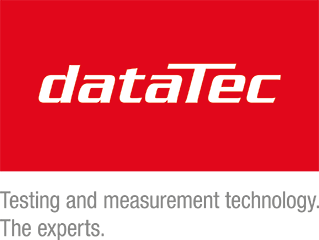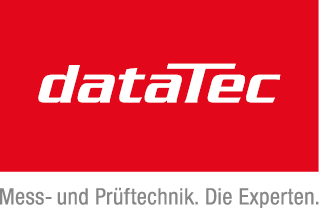#statusMessage#
Do you want to start the compare now?
#statusMessage#
Do you want to start the compare now?

Our electromagnetic environment is heavily burdened due to the multitude of transmitters and sources of interference pre...
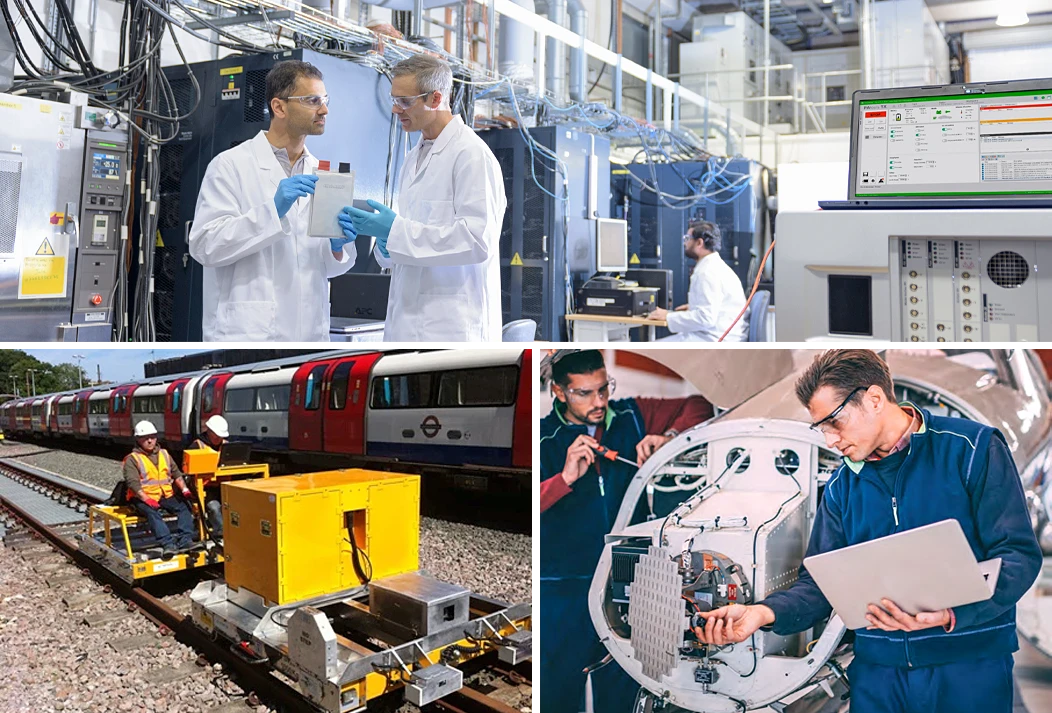
Automated test and measurement systems that are fully connected with instrumentation and test data can significantly inc...
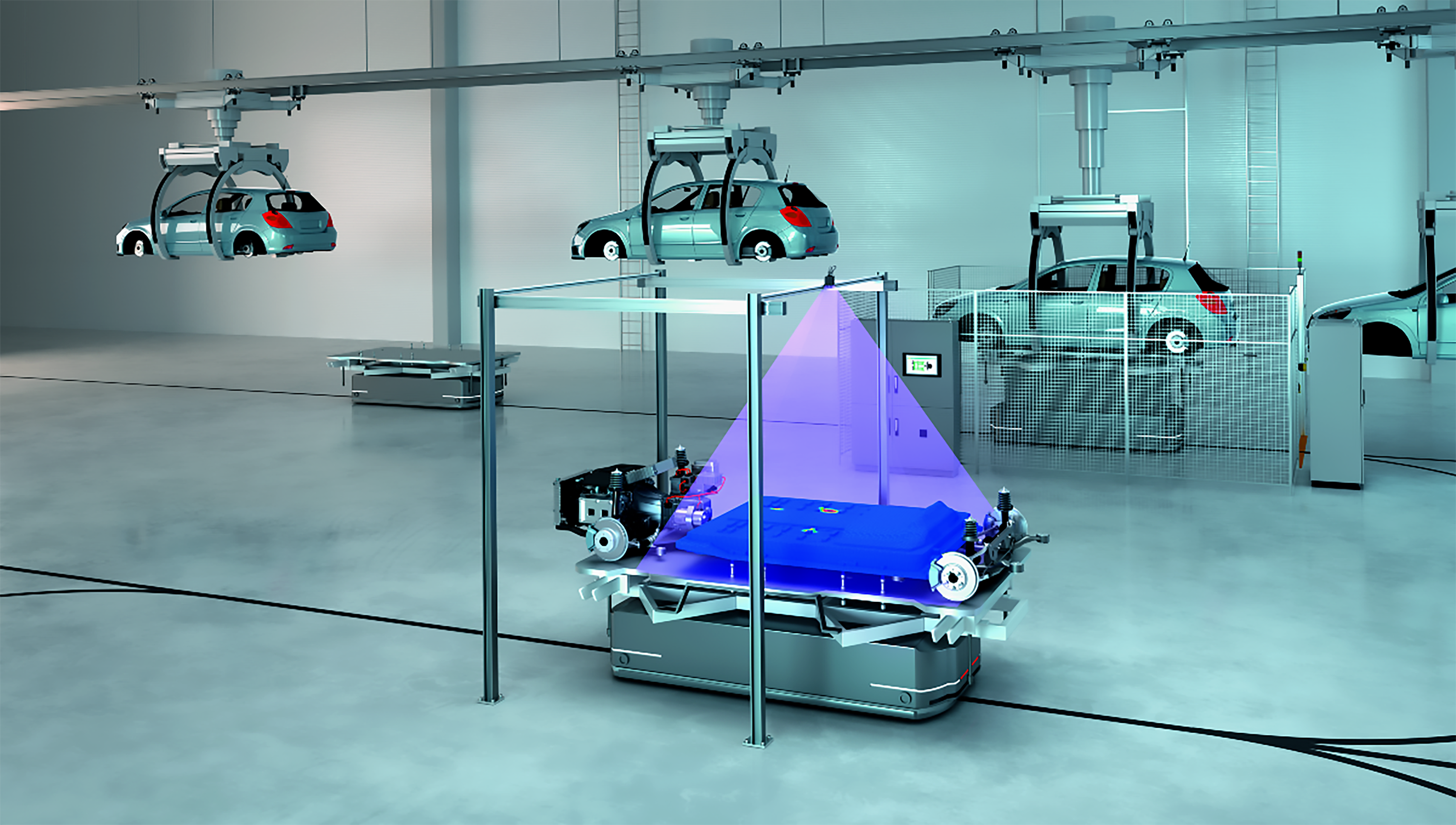
Temperature is one of the most common risk factors in industry. Overheating can disrupt processes, reduce quality or cau...
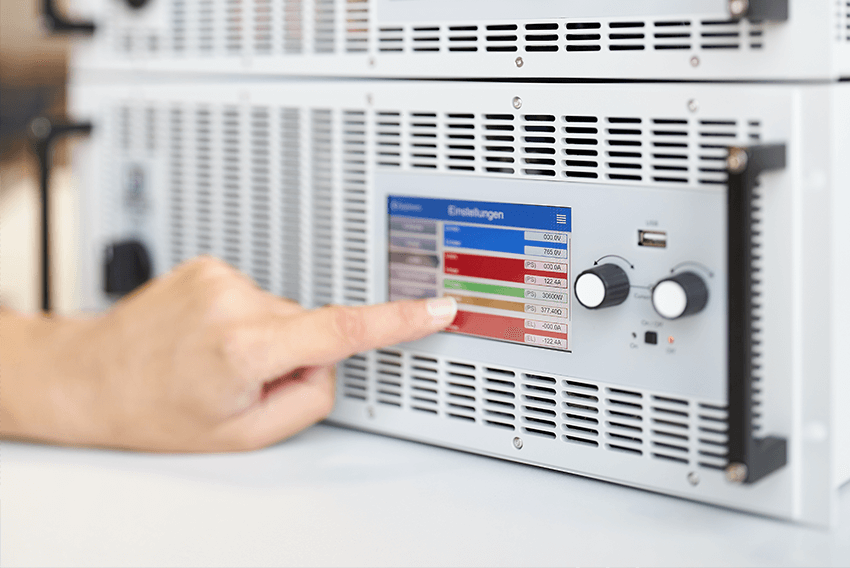
Electric vehicles are the future - but what happens to the batteries when they can no longer be used in cars? Efficient ...
Manufacturer number: 789882-01
| Absolute accuracy of the AI (microV): | 2,610 |
|---|---|
| Analogue input isolation: | - |
| Bustype: | USB C |
| Connection type front: | Spring clamp |
| Max. Number of differential analogue input channels: | 16 |
| Max. Number of ground-related analogue input channels: | 32 |
| Max. Update rate (MS/s): | 0.25 |
| Measurements per second/sampling rate (MS/s): | 0.25 |
| Number of analogue output channels: | 4 |
| Number of analogue output channels: | 4 |
| Number of bidirectional digital channels: | 16 |
| Number of counters/timers: | 4 |
| Resolution of the analogue input: | 16 bit |
| Samplerate: | 250 KS/s per channel |
| Simultaneous scanning: | No |
| Supported input power: | Bus operations |
| Warranty (years): | 1 |
| With case: | Yes |
The mioDAQ series from National Instruments (NI) offers powerful USB data acquisition devices designed specifically for engineers, researchers and developers. With user-friendly handling and state-of-the-art measurement technology, the series enables simple and precise data acquisition for a wide range of applications.
High-precision measurement technology The mioDAQ series devices offer an impressive 20-bit resolution and sampling rates of up to 1 MS/s per channel, making them ideal for applications that require high accuracy. The series offers up to 32 analog inputs, 4 analog outputs, 16 digital I/O channels and 4 counters/timers to meet versatile measurement and automation tasks.
Flexible software integration The mioDAQ series is compatible with a variety of software solutions, including LabVIEW, Python, C/C++ and the free NI FlexLogger Lite data acquisition software. This enables seamless integration into existing test systems and facilitates the analysis and processing of the acquired data.
The variant of the mioDAQ USB-6423 (789882-01) presented here has the following technical features:
Easy handling and reliability Thanks to the self-calibration function, the mioDAQ automatically adapts to different environmental conditions, ensuring precise measurements over the long term. With guaranteed calibration intervals of up to ten years, the series is designed for durable and reliable use in a wide range of scenarios.
Application options:
Conclusion
The NI mioDAQ series offers a flexible, precise and user-friendly solution for measurement and automation tasks. With its powerful hardware and versatile software support, it is an ideal choice for engineers and researchers who need precise and reliable data.

Pracitcal. Flexible. Future-Proof.Today’s students expect more than theory alone: modern laboratories, hands-on exercise...

Automated test and measurement systems that are fully connected with instrumentation and test data can significantly inc...

Laura Le Cam from dataTec talks to Oliver Bruder from NI about the current challenges and opportunities surrounding inte...
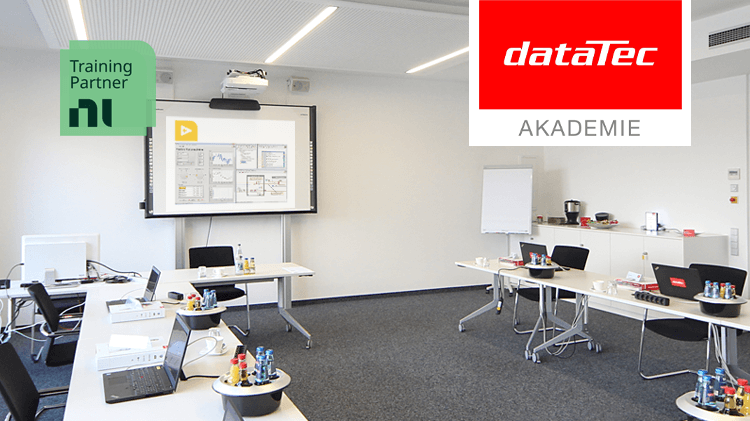
The NI seminars offered by the dataTec Academy stand for team spirit, seamless organization, extensive expertise, and pe...
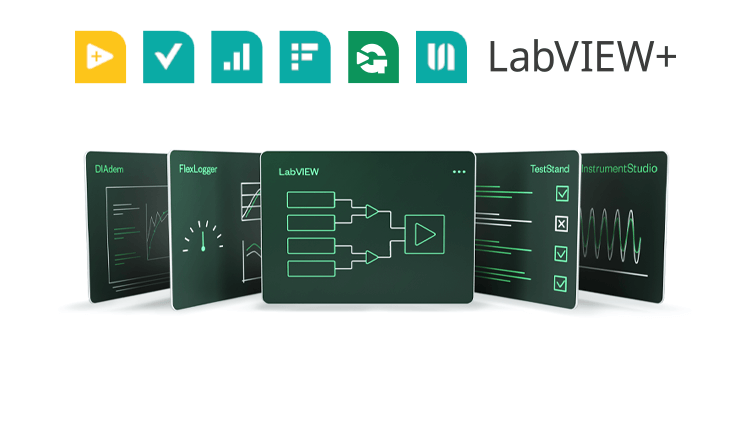
Efficiency in electronics development is a decisive factor for companies in order to survive in global competition. With...
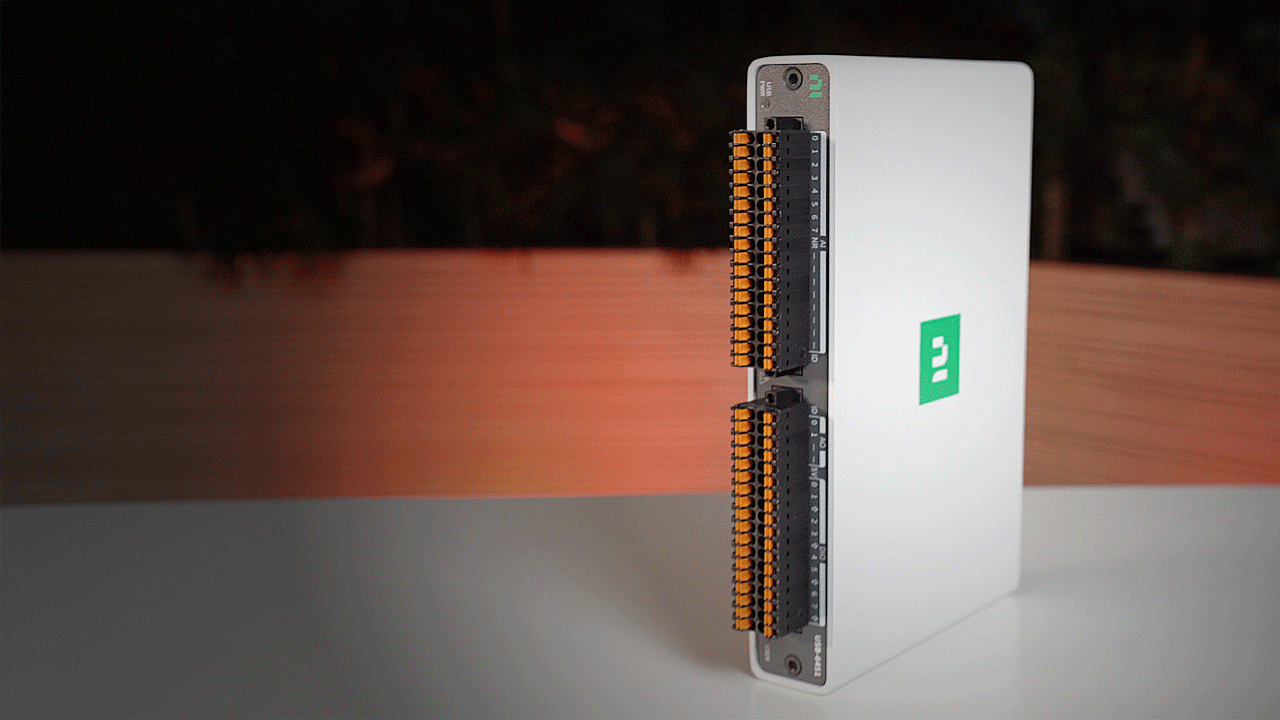
In this issue of “dataTec unboxed”, we present the mioDAQ series from NI in more detail. Compact data acquisition device...

The experts at dataTec offer you innovative solutions from NI (National Instruments) for a variety of measurement, contr...

As part of a research programme, the NI technology was confronted with a powerful opponent: microgravity. But in the fac...
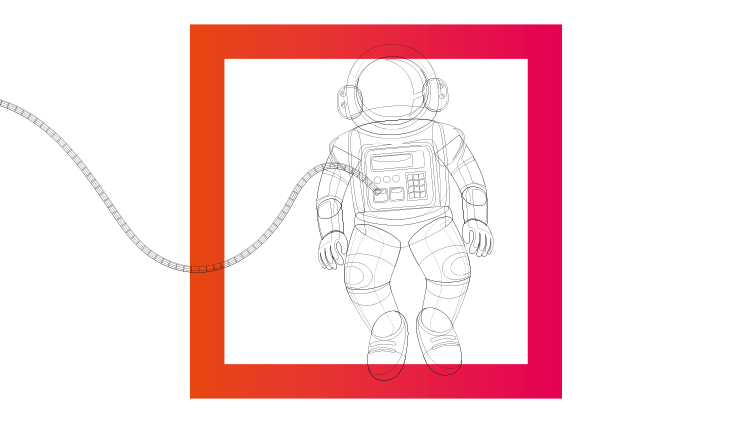
One of dataTec's customers from research deals with the question of how objects behave in weightlessness. Without furthe...

Oxford University had such a big task that required thinking in very small terms. But thanks to NI's modular measurement...
